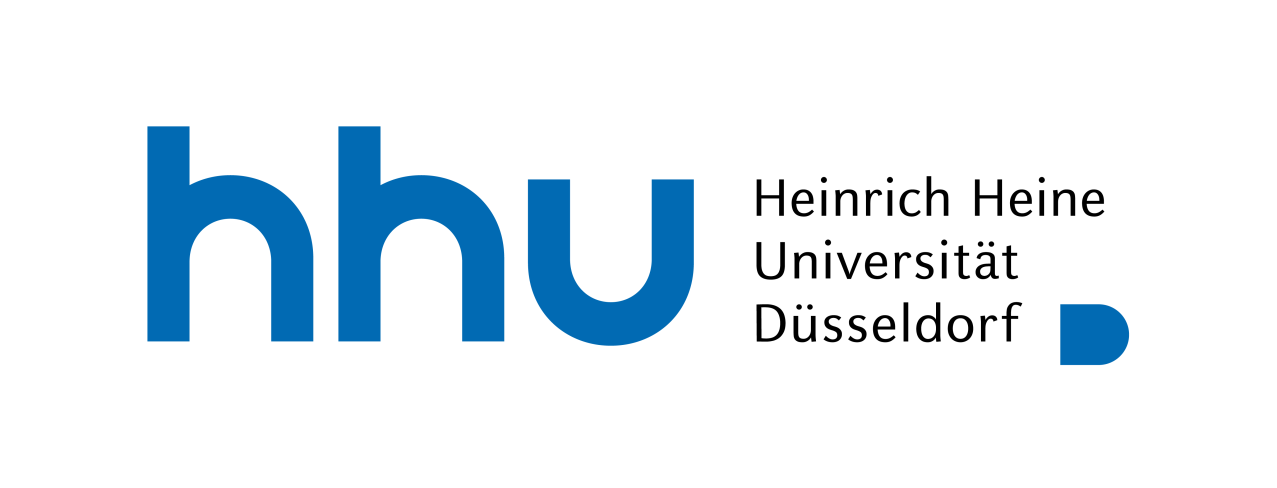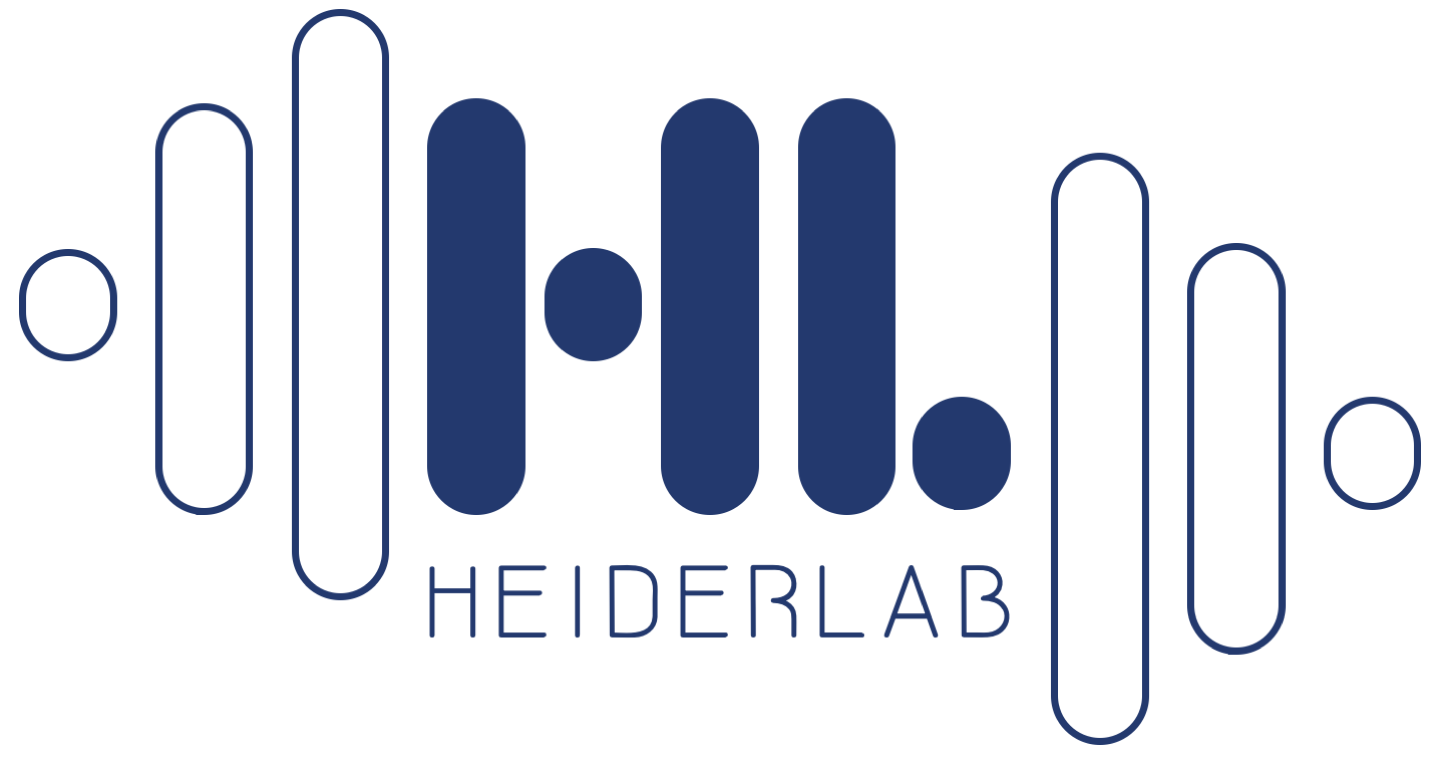ConstrainedKaos
Requirements:
- Operating system(s): all
- Any restrictions to use by non-academics: none
Please cite:
Löchel HF, Welzel M, Hattab G, Hauschild A-C, Heider D: Fractal Construction of Constrained Code Words for DNA Storage Systems.
License:
MIT License
Git repository:
ConstrainedKaos
Usage:
R Script
The R Script contains functions for the implementation of the equations adhere to the homopolymer/motif constraint, the GC content/Hamming distance calculation, and the Hamming distance calculation for one codeword against the others. It is intended to illustrate the mathematical equations, therefore we recommend using RStudio. For every equation at least one example is provided. For instance, the following image is the result of limiting the length of homopolymers >=2:

The calculation of the GC Content of a wordlength of 4:

The codewords with an exact 50 % GC content:

For combination of several motifs with same length, the following source code can be applied:
color.plot2<-function(data,col){
ggplot(melt((data)), aes(x = Var1, y = Var2)) +
geom_raster(aes(fill = as.factor(value))) +
theme_bw() +
theme(panel.grid.major = element_blank(),
panel.grid.minor = element_blank(),
axis.line=element_blank(),
axis.text.x=element_blank(),
axis.text.y=element_blank(),
axis.ticks=element_blank(),
axis.title.x=element_blank(),
axis.title.y=element_blank(),
legend.position="none")+
scale_fill_brewer(palette=col)
}
hp.com=function(strings,n){
m=matrix(0,nrow=2^n,ncol =2^n)
hp=matrix(0,nrow=2^n,ncol =2^n)
for (s in strings) {
m=m+hp(s,n)
}
m
}
color.plot2(hp.com2(c("ATG","AGT","CGT","CTG","TCA","TAC","GAC","GCA"),8),"Spectral")

Java Implementation
The Java implementation is an optimized version for code word generation, which takes DNA storage constraints into account, namely, GC content, homopolymers, and undesired motifs.
The JAR can be executed with:
java -jar ConstrainedKaos.jar -length 6 -output path/codewords.fasta -hp 2
The codeword length (-length) and the output (-output) path to store the code words are always required to run the application. At least one of the following options is required as well:
-hp: length of the homopolymer, which should be constrained
-input: path to fasta file with constrained sequences
-gc: GC content as float
or for an interval both of the following are required
-gcStart: GC content start as float
-gcEnd: GC content end as float
Also, there is the option to plot the code words:
-plot: size as an integer of the dots (we recommend 1 – 5) in the CGR plot, if -plot is not used, no plot will be created
For instance, the following generates command code words of length 10. A GC content of an interval from 40 – 60 %, a homopolymer length <=3, and undesired motifs provided in test.fasta are applied. The code words will be saved in output.fasta. The plot function is enabled. The complete process will take a few seconds.
Additionally, there is an option to prepare a codebook for lexicographic encoding (in evaluation/Benchmark/mCGR-lexicographic, an implementation for encoding/decoding in python is provided):
-lex: default is false, true generates code words for lexicographic encoding
java -jar ConstrainedKaos.jar -length 10 -plot 1 -output output.fasta -gcStart 0.4 -gcEnd 0.6 -hp 3 -input test.fasta
This will produce the console output:
Lexicographic condition is false.
Starting to translate to DNA.
The translation is done, constrained DNA is saved in output.fasta
allowed: 98324 from: 1048576
Ratio of allowed sequences: 9.376907348632812 %
And the following plot will appear:

For a code word length greater then 12, the application will throw a warning that the heap size may be exceeded. So for longer code words, the heap size of the JVM has to be adapted. The longest words we tested for were 16, which also let to a significant increase in the runtime. The runtime of code words lower than 10 usually takes a few seconds, depending on the set of constraints and an activated plot function. The generated code words will be stored in the defined path for -output as a single FASTA file.
The console output will inform the user of how many sequences are generated. In case of the usage of an input file, the user will be informed, if any sequence length exceeds the code word length. In this case, this input sequence will be ignored.

